Teardown and practical test
Before we send the headset into the usual practical test, we have a small teardown.
The decorative elements on the sides really live up to their name, because they actually don’t fulfill any function, except to visually spice up the headset a bit.
The cable outlets are equipped with a strain relief with thick bend protection and should prevent premature cable breakage.
The soft PU leather ear pads can be removed and replaced. I find them very comfortable, but with so much softener, a short lifespan MAY be inevitable. In any case, the ear pads turned out to be very comfortable in the test and did not pinch anywhere, but the ears do heat up after a while due to the completely closed design, although it is not really warm at the moment. Another disadvantage of the sealed design is the pressure that has a practically continuous effect on the ears when worn.
The advertised 40mm driver can unfortunately only be admired in its sealed casing. There is still a small distribution board without chips in the housing, that’s all there is to see. The electronics will be hiding in the cable remote, which I couldn’t have gotten open without destroying it.
Overall, the headset is neatly finished and doesn’t need to hide for the price called. I have held less headsets for more money in my hands. However, I would like to point out that the headset seems to be designed for rather large heads. Even with my balloon head, I could wear the headset comfortably WITHOUT adjusting the headband, which raises the question of whether it could no longer sit tight even on the smallest setting for rather smaller heads.
Cable remote control
The already mentioned cable remote control turned out to be a small point of criticism. I’m honestly not a real fan of it, because these things dangle like a block on the cable and are actually only ever in the way.
If the volume control is also designed as a delicate rocker button on the side, where you basically forget in which direction it goes louder or softer, that’s not really advantageous. Certainly a matter of taste, but I personally prefer a control on the headphone casing and a simple flip-to-mute microphone.
Sound impressions with music and gaming
Basically, Igor has already written down the sound impressions and was able to visualize them through his measurements. As in the last joint headset test, we also largely agree on the sound impressions here. Unfortunately, the GH40 ENC is once again one of those gaming headsets that are rather voice-oriented out of the box. With minor adjustments in the Nahimic software, you can adapt the sound to your preferences quite well, but a slightly sibilant high-frequency usually remains. Personally, I can tolerate a little hiss more than a too muffled and not at all resolving high frequency. Low bass is present – not particularly precise, but quite level stable. Overall, the sound is okay for me with minor adjustments, but of course you should not expect audiophile outpourings here either.
When playing competitive shooters, the preset in combination with the virtual 7.1 mode turned out to be a small booster when locating enemies, and the strongly isolating ear pads help with concentration. However, I would not call it a game changer. For action games with massive explosions or casual racers with a fat soundtrack, you can tickle out some “bombast sound” with bass-emphasized equalizer settings and definitely have fun.
Microphone check
Finally, we come to the mic check, which usually separates the wheat from the chaff. To be fair, it has to be said that gaming headsets are practically always chaff and this microphone – for what it is – is almost alright.
First, a voice recording without any effects:
Next, a voice recording while typing on a mechanical keyboard and adding live noise cancellation at recording time.
And finally, the questionable Voice Leveler feature, which is supposed to compensate for volume fluctuations in the voice.
The voice leveler obviously just increased the sensitivity of the microphone and caused corresponding peaks in the recording. At least you can see quite well in the following picture at which point this effect was activated:
Overall, the microphone performs rather mediocre, but can at least outshine most wireless gaming headsets like the recently reviewed Corsair HS 65 Wireless. To be honest, the ENC story disappointed me a bit, as I had hoped for a bit more from the eponymous functionality of this headset. In the end, unfortunately, exactly the case occurs from my point of view, which I had already mentioned in the introduction: Clearly audible reduction of the voice quality with mediocre suppression of the noise.















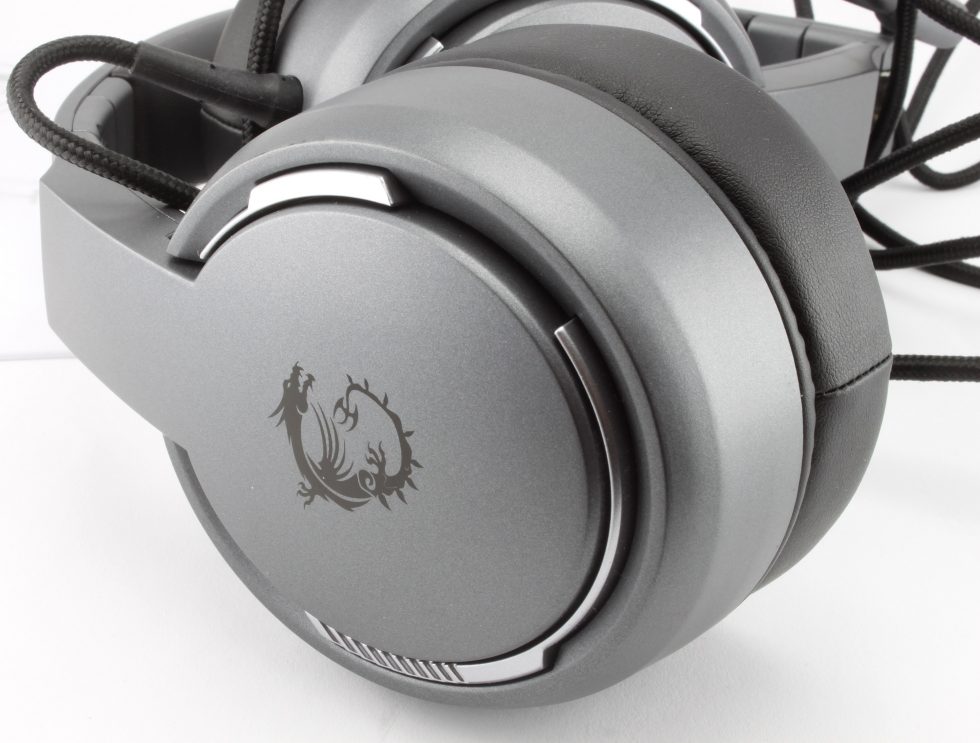
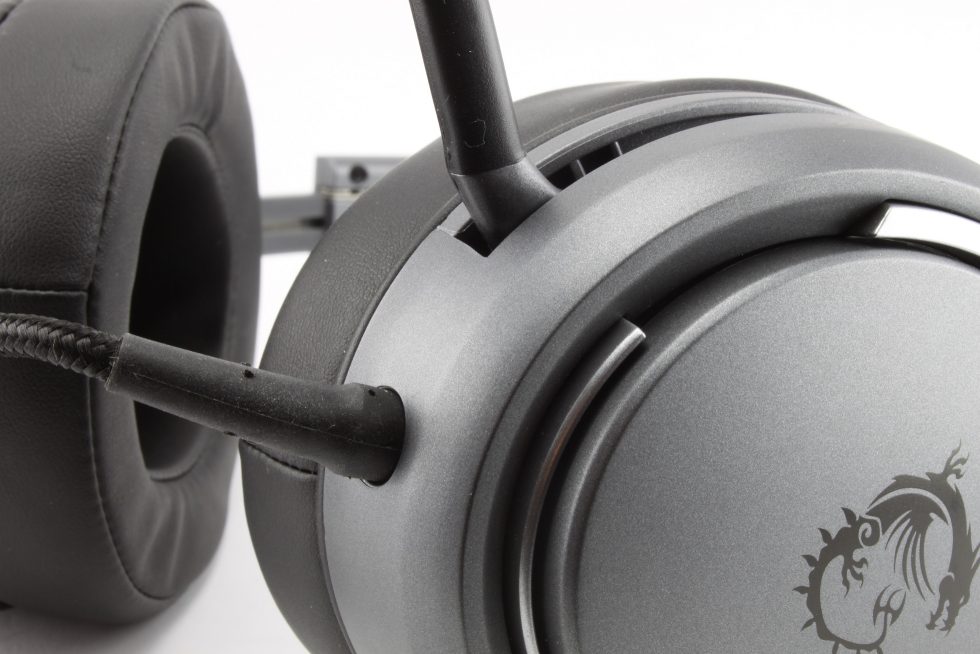
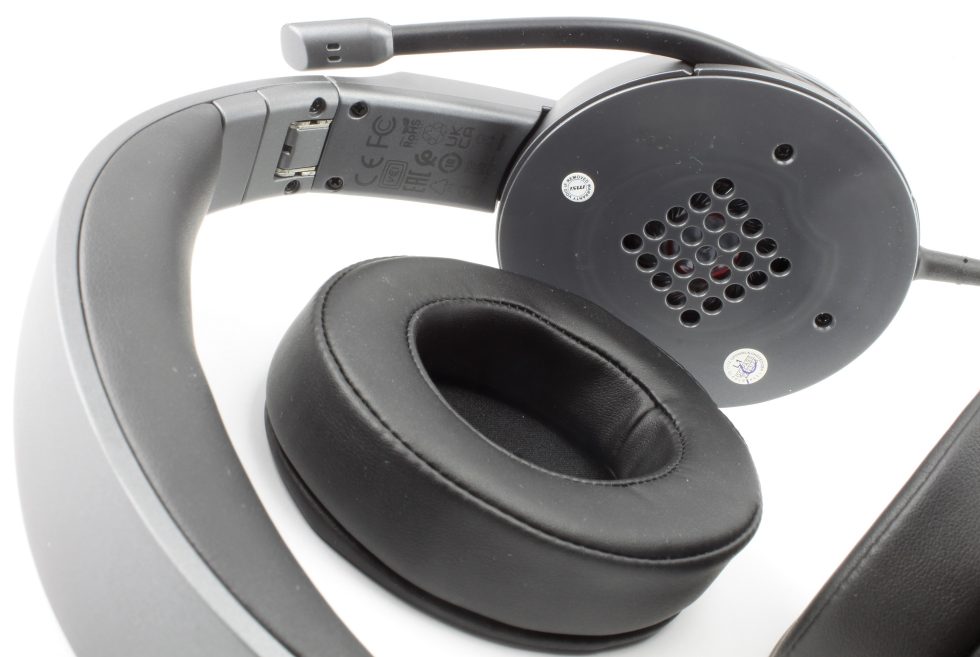
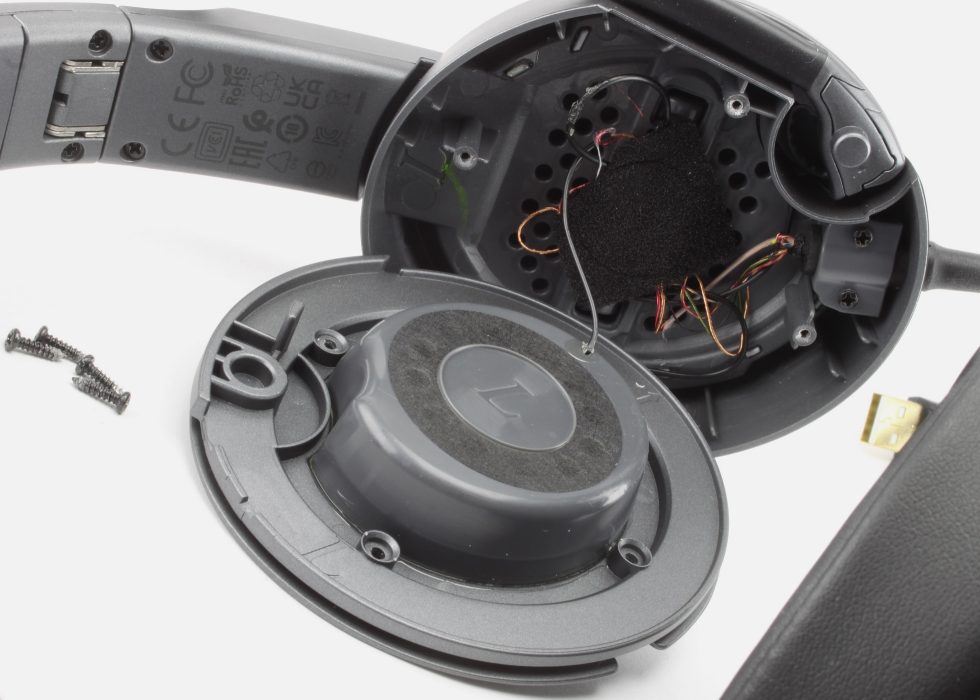
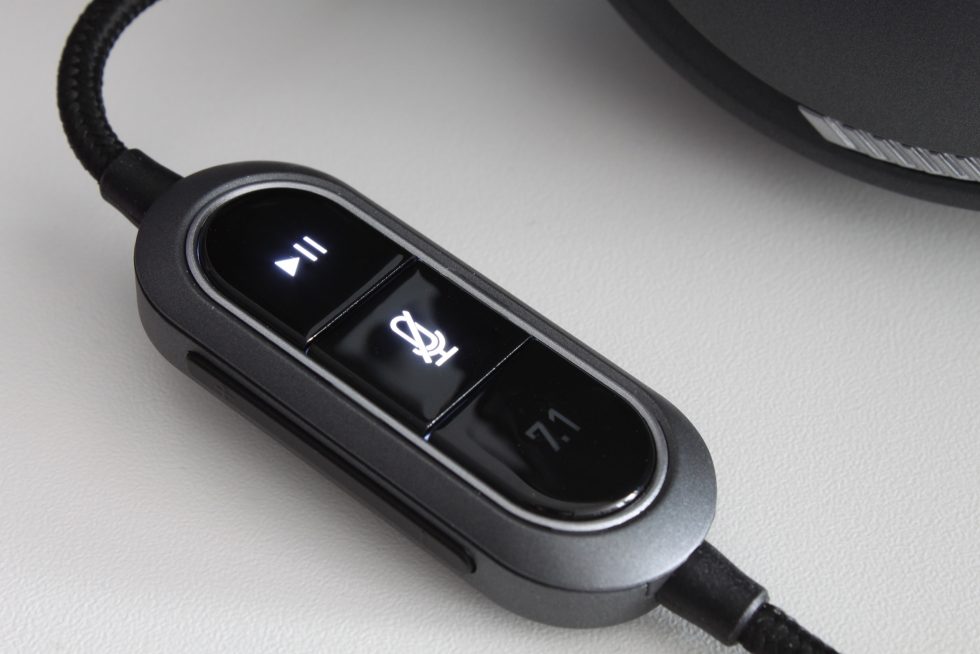
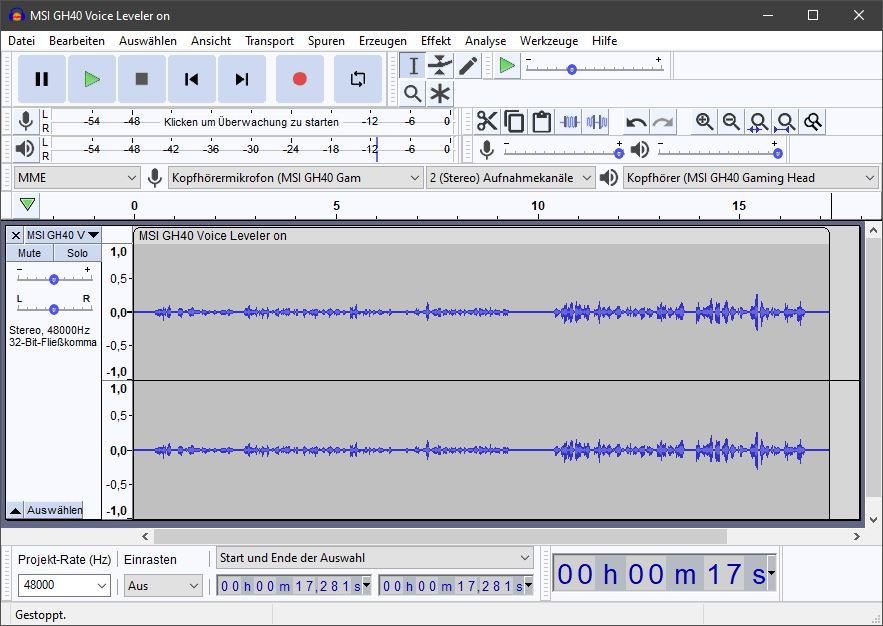



















8 Antworten
Kommentar
Lade neue Kommentare
Urgestein
Mitglied
Urgestein
Mitglied
Veteran
Veteran
Moderator
Veteran
Alle Kommentare lesen unter igor´sLAB Community →